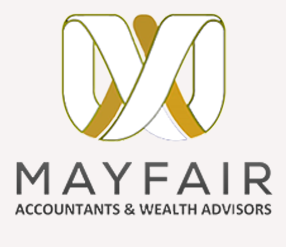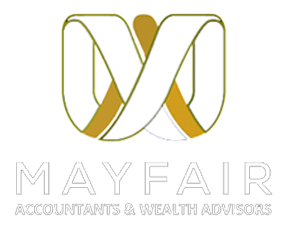VAT is a tax which is usually charged on the selling of goods and services. And, if your business turnover is more than £82,000 in an annual basis, you are required to register for VAT.
Since VAT rules differ in certain types of businesses, have a look at the different types of VAT schemes which you can use.
VAT Flat Rate Scheme
This scheme seems simple but in reality, it has many complications. With this scheme, you should pay a fixed rate of VAT to HM Revenue & Customs (HMRC) and can’t reclaim your VAT purchases.
For joining this scheme, your VAT turnover must be less than £150,000 excluding Value Added Tax.
VAT Cash Accounting Scheme
Generally, VAT paid to HMRC is the difference between the sales and purchase invoices. And, in this scheme, you should pay tax on your sales whenever your customers pay you.
If you have VAT taxable turnover is £1.35 million or less, then you are eligible to join this scheme. In case if your turnover becomes more than £1.6 million, you are no longer eligible for this scheme.
VAT Annual Accounting Scheme
When you use this scheme, you need to make advance payments towards your VAT bill and submit one VAT return a year. So, if your business regularly reclaims Value Added tax, this scheme is not suitable for you.
Likewise, when submitting your VAT return, you either need to make a final payment or apply for a refund.
Just like in VAT Cash Accounting Scheme, your VAT turnover must be £1.35 million or less to join this scheme.
VAT Margin Schemes
If you sell second hand goods, works of art and antique items, then only you can use a margin scheme. In case if you sell second hand cars, horses and houseboats, special rules apply. To use such scheme, you need to keep right records for reporting it on your VAT returns.
VAT Retail Schemes
In such scheme, you do not have to calculate Value Added Tax for each sale rather you have to do it once with each VAT return. Under it, there are three schemes namely; point of sale scheme, apportionment scheme, and direct calculation scheme.
VAT is identified and recorded at the time of sale in the point of sale scheme. In apportionment scheme, you need to buy goods for resale. And, finally you have to create a small proportion of sales at one VAT rate and the others at another rate in direct calculation scheme.
If you want to join this scheme, you can do that at the beginning of the VAT period. And, if you want to leave, it is possible at the end of the VAT period.
If your turnover becomes more than £130 million (excluding VAT), then you are ought to leave the scheme immediately.
Want to know which VAT schemes is suitable for you? Fill in the simple form and our accountants will contact you shortly.



